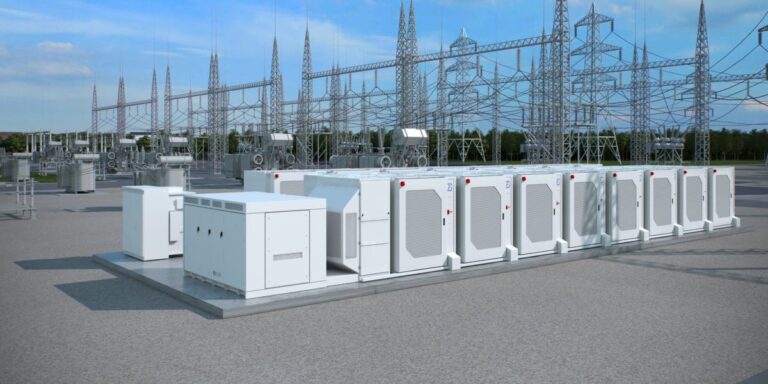Australia’s energy market operator says batteries are increasingly supporting peak demand in the National Electricity Market (NEM). Average production during these periods has more than doubled since the same time last year.
The Australian Energy Market Operator (AEMO) Energy Dynamics Quarterly Report shows that batteries’ contributions to meeting daily maximum operational demand in the NEM increased to 1.3% in the second quarter, up from 0.5% in the second quarter of 2023.
AEMO’s quarterly report shows that cold weather increased record demand in the NEM in the second quarter, reaching maximum operational demand of 32,322 MW in the evening of June 24, an increase of 2 MW from the maximum of 32,320 MW in the second quarter of 2023.
The weather conditions also resulted in less wind and rainfall in the southern states, causing a 20% drop in wind energy production compared to last winter and an 18% drop in the number of hydroelectric power stations. Conversely, gas-fired generation increased by 16% compared to the same period last year.
Battery generation also increased, with AEMO CEO Daniel Westerman saying market conditions had highlighted the important role the technology will play as renewable generation becomes more dominant in Australia’s electricity grids.
“On the east coast we have seen low temperatures and persistent cold snaps, particularly in Victoria, leading to higher morning peak demands into late autumn and the first month of winter,” he said. “The role of batteries in supporting morning and evening demand peaks became more prominent, with average generation in those periods more than doubling since last year, reflecting the significant increase in battery capacity.”
AEMO said battery generation during the morning operational demand peak averaged 138 MW in April, May and June, more than double the 67 MW recorded in the second quarter of 2023. Generation during the evening peak reached an average of 227 MW, an increase of 130%. on last year’s 128 MW. Across all hours of the day, battery production averaged 74 MW in the second quarter, an increase of 89% compared to the 35 MW recorded in the same period last year.
The growing role of batteries has driven higher revenues for operators, with total estimated net revenues for grid-scale NEM batteries reaching AUD41.2 million ($27.22 million) this quarter, up from AUD13.6 million compared to net revenues of AUD 27.7 in the second quarter. from 2023.
AEMO said the main driver for the higher net sales was growth in battery capacity and availability, with NEM-wide average battery generation availability per quarter almost doubling from 496 MW in the second quarter of 2023 to 985 MW this quarter.
As the role of battery energy storage systems increased, distributed PV and grid-scale solar production also increased in the second quarter. Grid-scale solar power generation averaged 1,417 MW, up 10% from 1,285 MW in Q2 2023, primarily due to additional generation from new and commissioning facilities.
Distributed PV production reached its highest quarterly average ever, reaching 2,050 MW, an increase of 163 MW from 1,888 MW in the second quarter of 2023.
Wholesale spot prices averaged AUD 133/MWh across the NEM this quarter, an increase of 23% compared to the same period last year. Regional benchmark prices ranged from AUD173/MWh in NSW to $101/MWh in Queensland
In Western Australia, prices remained relatively flat, averaging AUD79.79/MWh, up AUD0.30/MWh from Q2 2023. AEMO says wholesale rooftop solar generation Energy Market (WEM) increased by 49 MW in the second quarter due to sunny periods. conditions and an increase in installed power.
This content is copyrighted and may not be reused. If you would like to collaborate with us and reuse some of our content, please contact: editors@pv-magazine.com.


